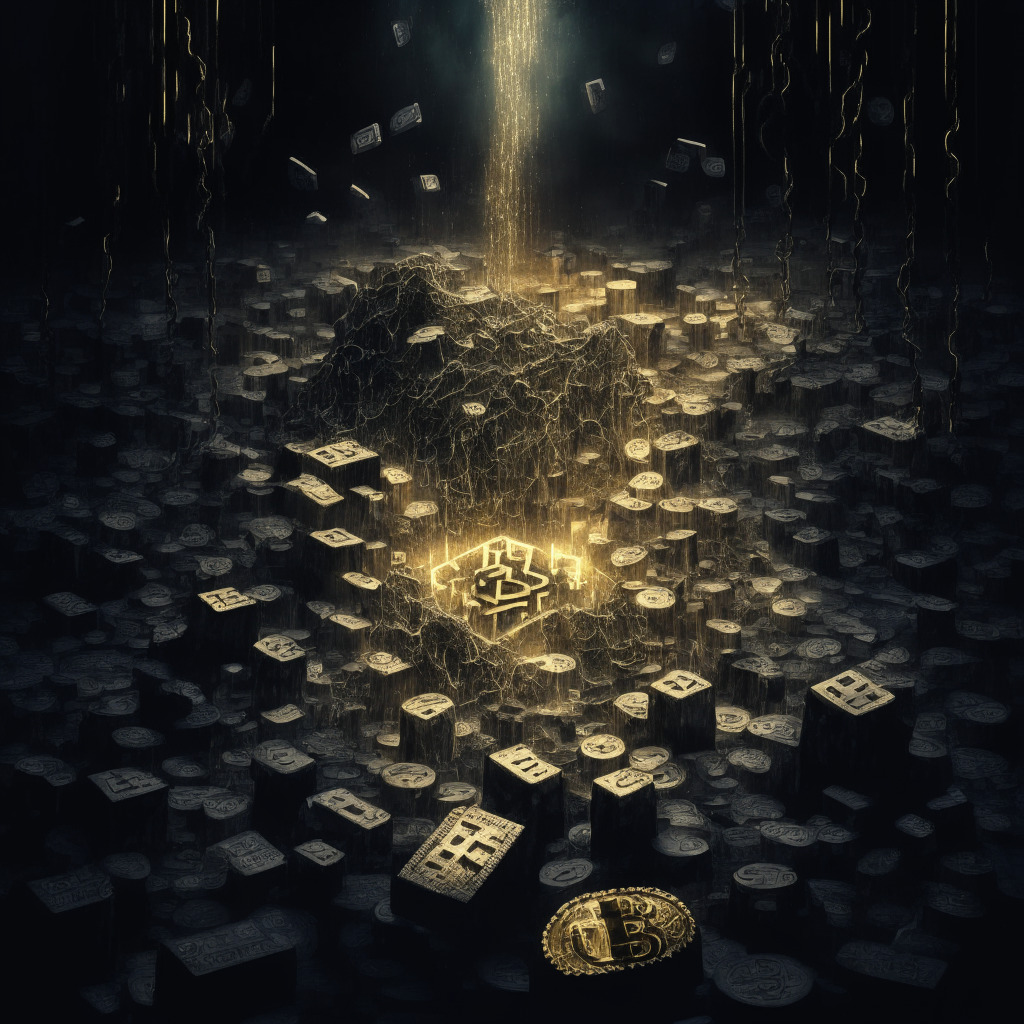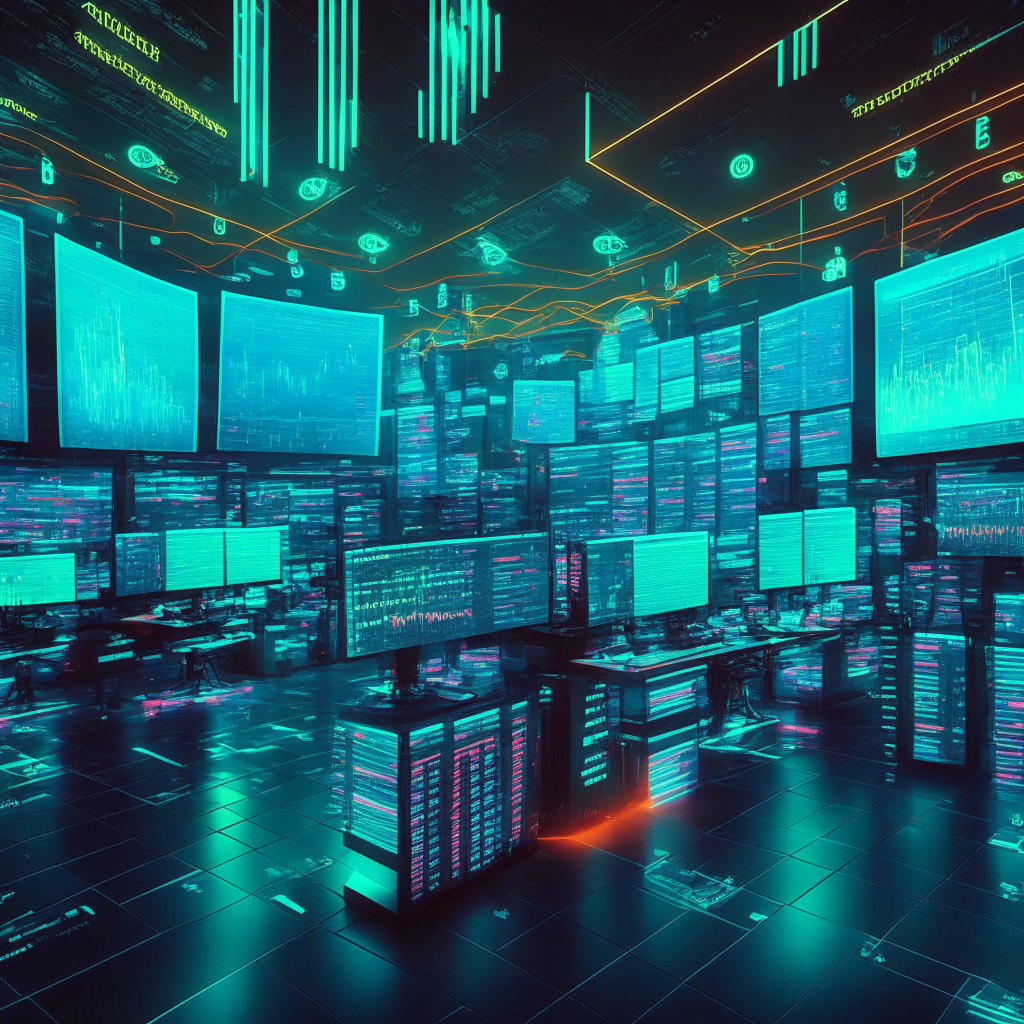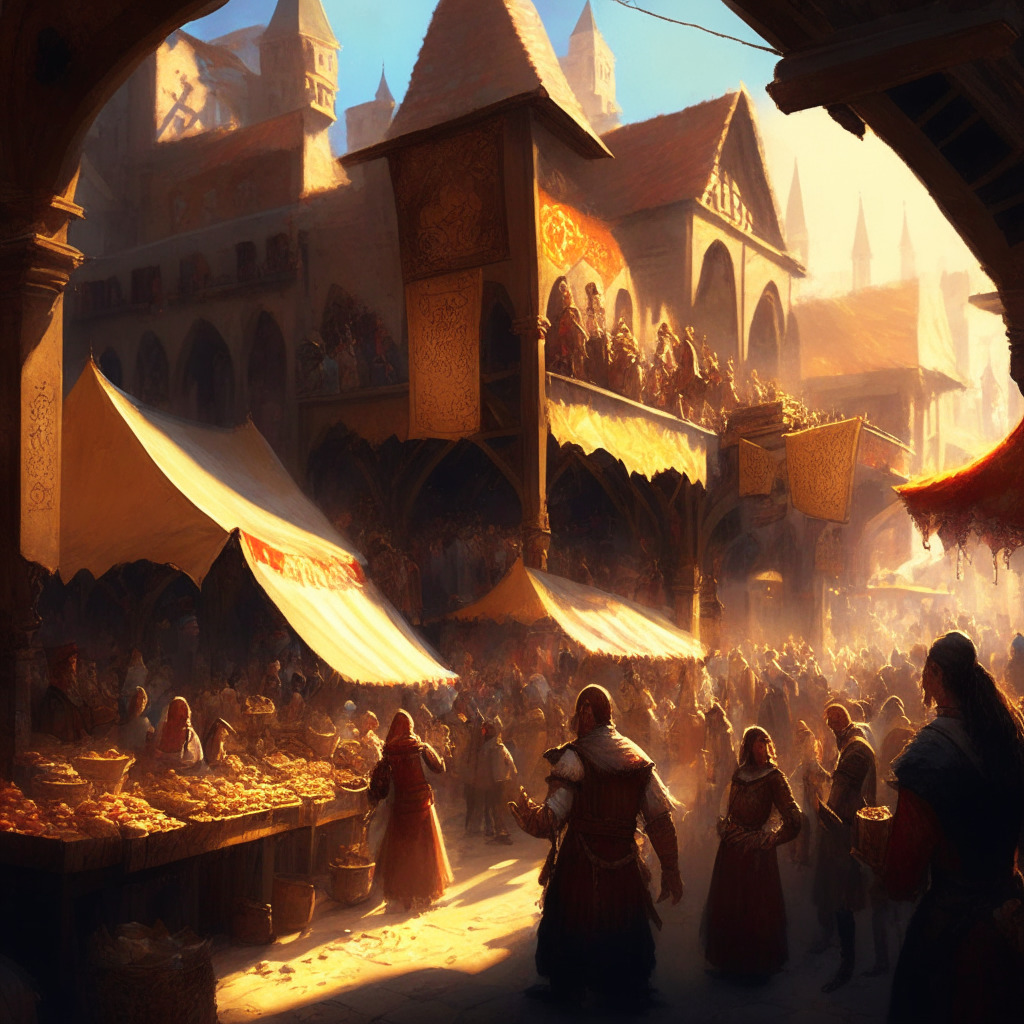Blockchain technology has revolutionized various aspects of human life, including arts, culture, and media. In the world of fine art, traditional artists and curators are beginning to explore and understand the subtleties of blockchain and its potential to transform the art space.
The renowned curator Haley Karren, who has worked with leading art institutions like the New York’s Museum of Modern Art and the Peggy Guggenheim Collection in Venice, is collaborating with over 14,000 artists on Solana‘s fine art marketplace Exchange.art. According to her, digital and traditional art spaces are gradually moving closer, but a slight divide persists due to a lack of understanding of blockchain technology.
Blockchain can be helpful in addressing the longstanding issue of artist royalties by programming NFTs to collect royalties each time a piece sells. This enables a shift in the sovereignty of the art world, giving more control to artists in marketing, presenting, and discussing their works.
Moreover, artificial intelligence (AI) plays a significant role in blockchain-based art, as artists are incorporating AI in their creative processes to challenge themselves in novel ways. AI-generated music, for instance, has led to a diverse range of reactions from musicians and record labels. Some musicians embrace the collaboration with AI, viewing it as exciting and the next step towards the future of the music industry, while others see it as a potential threat to musicians’ rights and creative control.
Blockchain is also enabling the long-underappreciated art of illustration to attain its due recognition. This spells positive progress for artists working within this medium, who have previously struggled to gain acceptance in the world of fine arts.
Likewise, blockchain technology’s influence extends beyond visual arts, as it has begun to make inroads into the music industry. For example, the Web3 Foundation recently entered into a partnership with Spain’s renowned Primavera Pro music festival to arrange the inaugural Web3 Music Summit in Madrid.
In conclusion, the blending of arts, culture, and media into the blockchain universe is a process that is continually evolving. The marriage of art and technology is becoming more integrated as traditional artists, musicians, and even art collectors begin to accept and adopt blockchain as an integral part of their creative processes. As the understanding of its potential broadens, the barriers between the two worlds are bound to diminish, leading to a
Source: Cointelegraph




